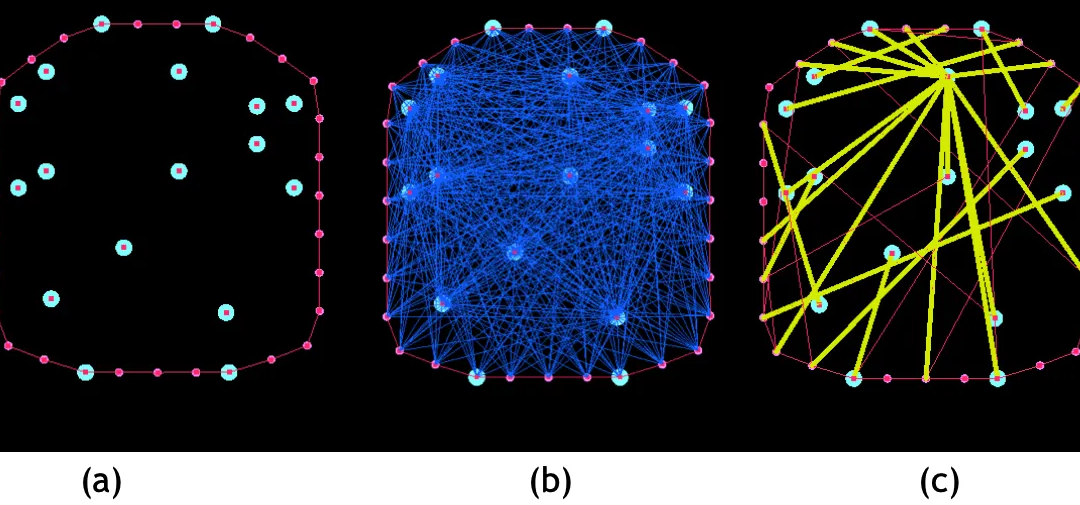
Beyond EV and AI: Is Slime Mold Driving the Future of Car Innovation?
No powerful limbs. No aerodynamic wings. So slow, movement can only be noticed with a timelapse video. So why are the experts turning to slime mold for mobility breakthroughs?

No powerful limbs. No aerodynamic wings. So slow, movement can only be noticed with a timelapse video. So why are the experts turning to slime mold for mobility breakthroughs?
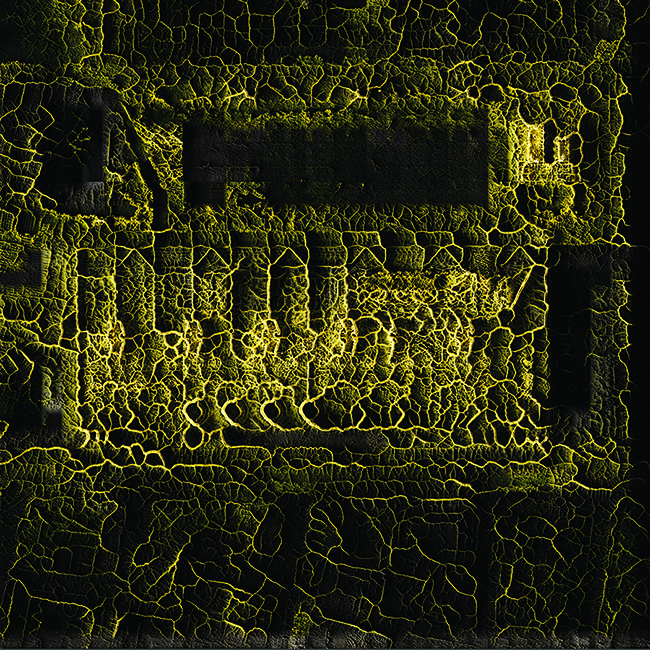
They’ve mapped rail systems, nervous systems, the cosmos and gave us a fresh take on Paris. But how? And what does this mean for future cities and how we live in them?
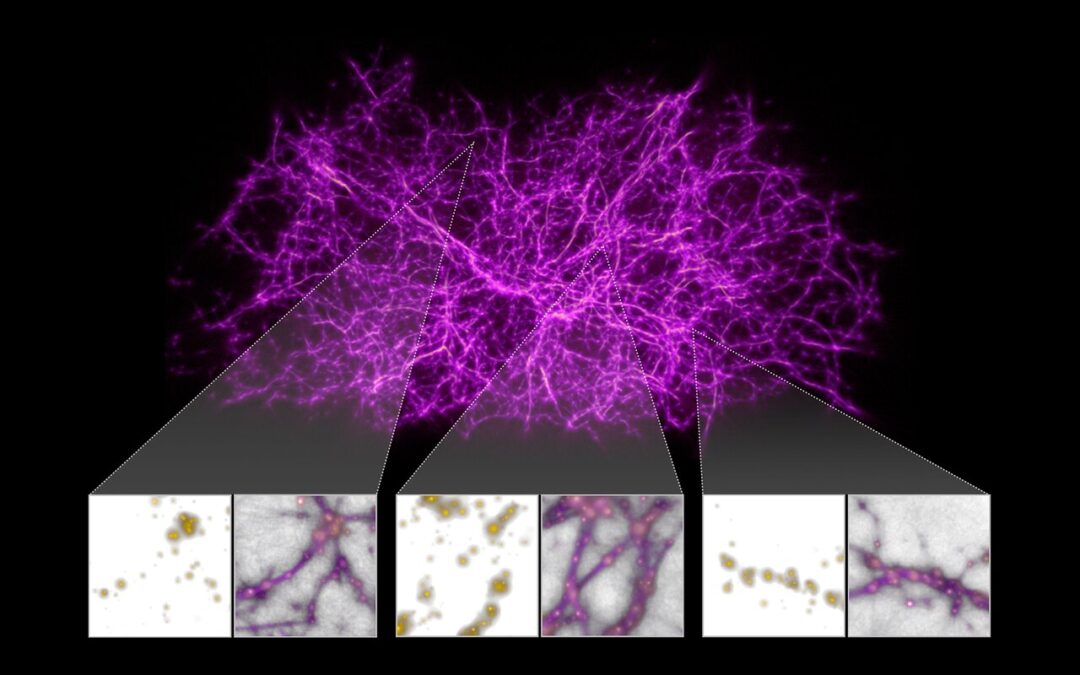
A single cell guided the world’s top scientists through another universe and its only limitations were our own.
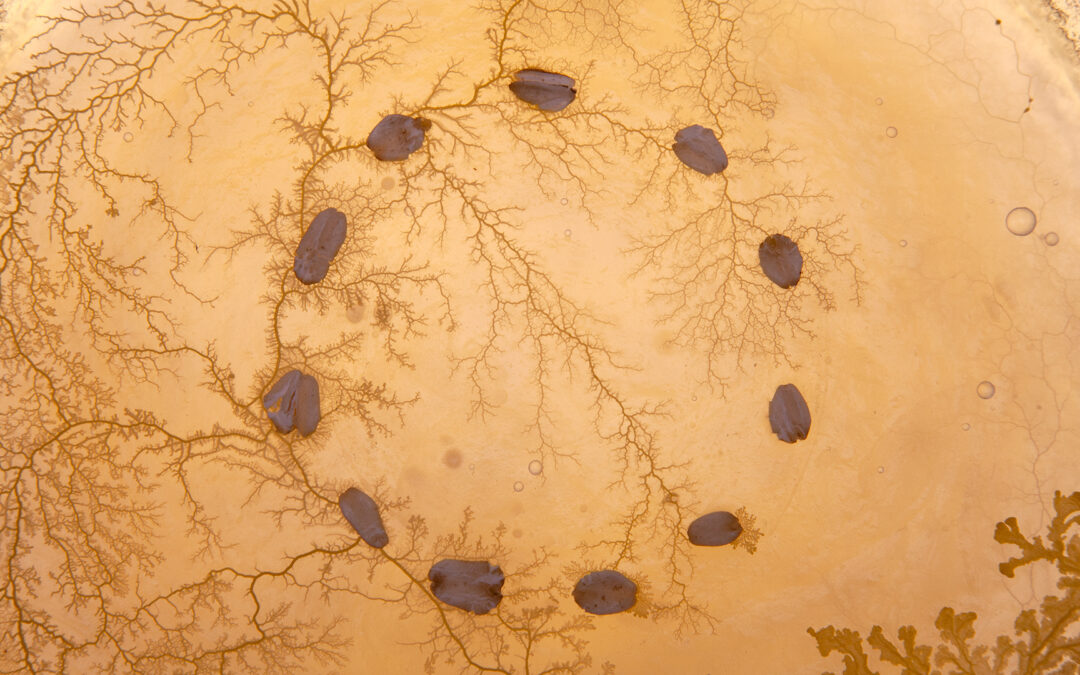
What does it mean when the most powerful and well-funded organizations, NASA to the United Nations, turn to a brainless blob for answers?

Join Kat Sitnikova in an enlightening conversation with Dorna Schroeter, a biomimicry educator and long-time supporter and friend of the Biomimicry Institute.
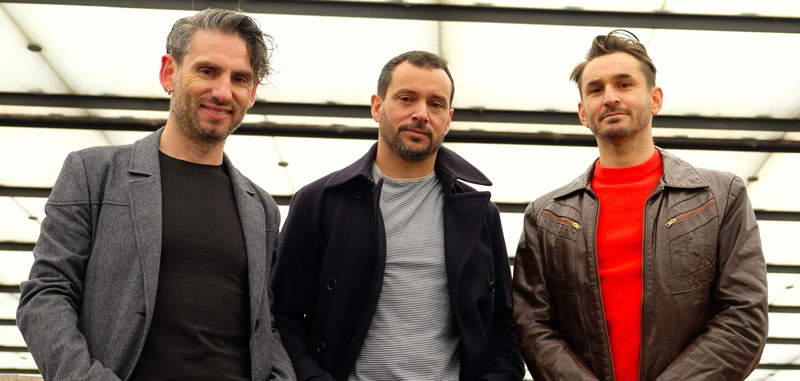
2022 Ray of Hope Prize Finalist, Strong by Form, announces the completion of a $5.2 million seed funding round.
Contact us at hello(at)biomimicry.org!